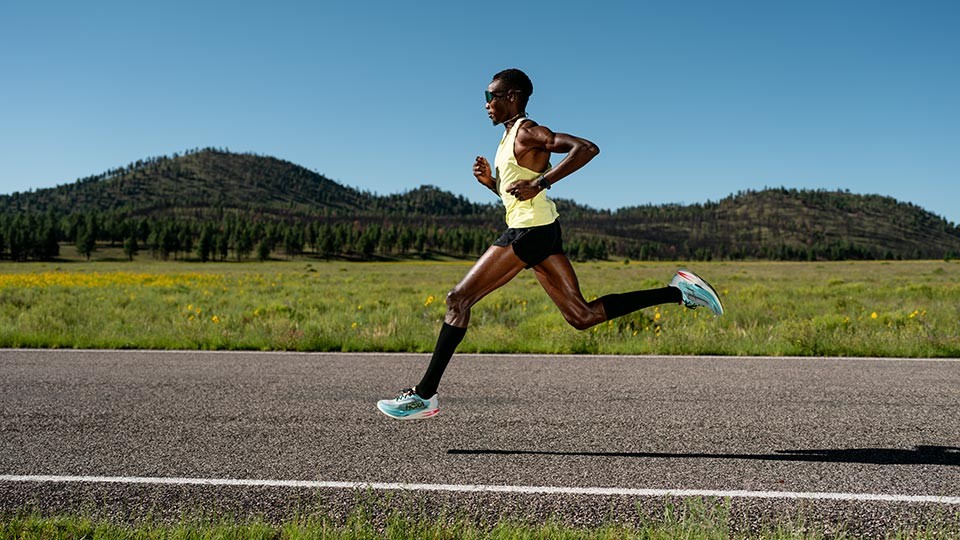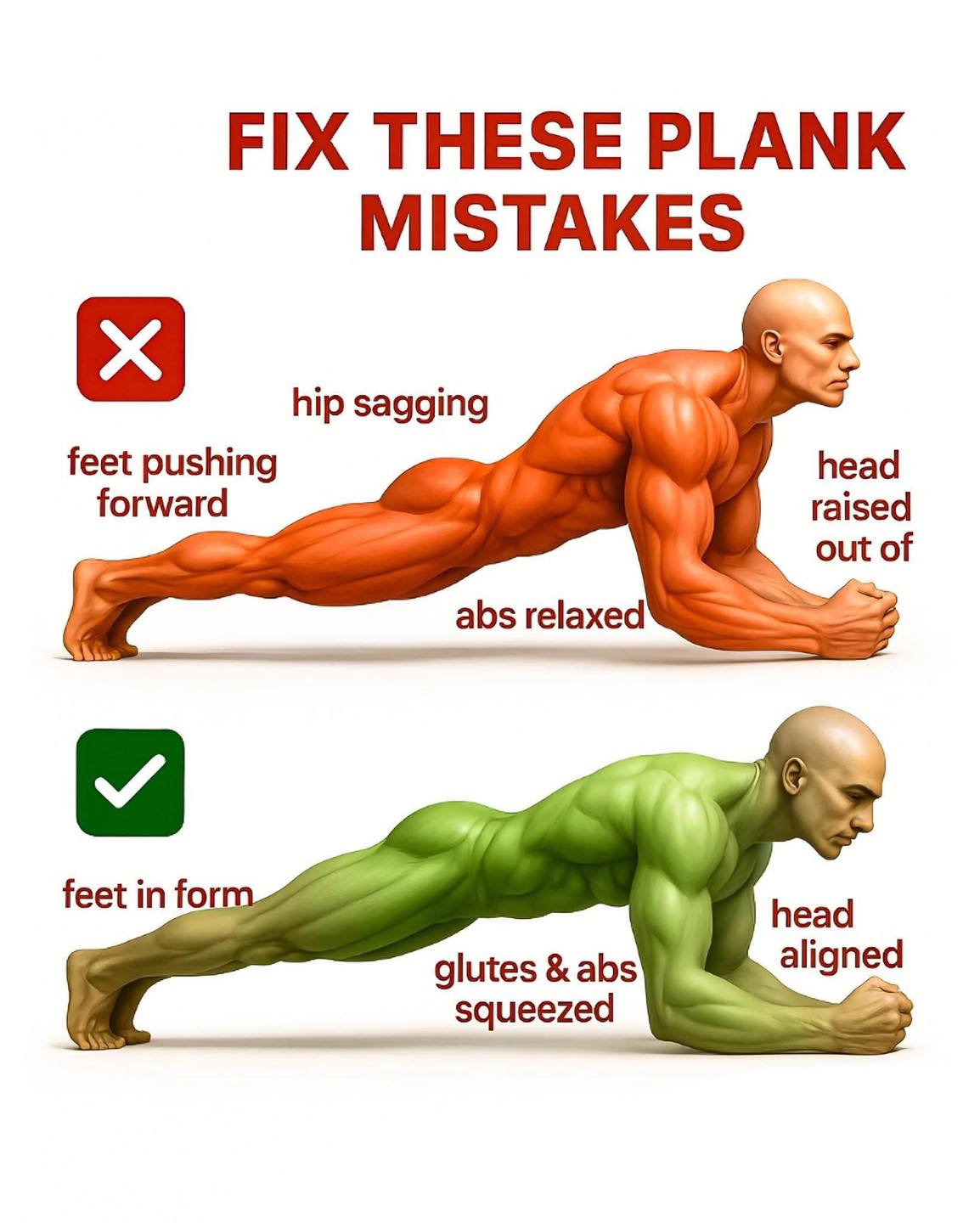
The global fitness landscape has been electrified by the rapid ascent of HYROX, a demanding competition that tests the limits of strength and endurance. For the uninitiated, HYROX is a unique fitness race where athletes complete eight functional workout stations, each preceded by a 1-kilometer run. Depending on an athlete’s conditioning, finishing times typically range from 60 to 90 minutes of relentless effort.
While HYROX offers divisions for all fitness levels, those aspiring to compete seriously must adopt a more rigorous training methodology. To provide an elite perspective, former HYROX World Champion Hunter McIntyre shared his foundational training principles while preparing for the 2025 World Championships, scheduled for June 13-15 in Chicago, IL. His philosophy is not about simply working out; it’s about systematically building an athlete capable of dominating the race.
Here are McIntyre’s core principles for HYROX preparation.
Principle 1: Build Unbreakable Running Endurance on Inclines
Given that a HYROX event involves a total of 8 kilometers of running, proficiency is non-negotiable. However, McIntyre stresses that simple, flat-ground jogging is insufficient preparation. The key is to build resilience and leg strength by incorporating challenging terrain.

“Run mountains as much as you can,” McIntyre advises. “The inclines will give you tough legs, and HYROX is a tough running sport.”
The accumulated fatigue from the workout stations transforms each 1k run into a significant challenge. Hill and trail running simulates this state of duress, strengthening the legs and cardiovascular system to perform when fatigued. If outdoor training isn’t feasible, using a treadmill on a high incline is a viable alternative. As McIntyre puts it, “This sport isn’t flowy like marathon running.”
Principle 2: Master High-Volume Bodyweight Training
While maximal strength in lifts like the bench press or deadlift is impressive, it has limited carryover to HYROX’s demands. McIntyre champions mastering the most accessible piece of equipment available: your own body.

“You have to do an exceptionally high volume of air squats and pushups,” he states emphatically. This approach builds the muscular endurance required to handle the high-rep schemes of the workout stations.
To escalate the difficulty, he recommends incorporating a weighted vest. “If I can get you in a weighted vest and get you to do hundreds of reps, then when you get to 100 wall balls or 100 lunges or 50 burpees, it is not a question. You just ram through the stuff.”
Principle 3: Develop Mental Fortitude with Heavy 20-Rep Squats
For athletes who thrive on barbell work, McIntyre advocates for a classic, notoriously brutal protocol: the 20-rep squat set. This involves selecting a challenging weight and performing one continuous set of 20 full squats.

“It is a stick of dynamite that everyone should go through when getting ready for HYROX,” the former champion says. “It is a strength capacity kind of thing.”
This method pushes an athlete deep into physical and mental discomfort, building an extraordinary tolerance for lactic acid and pain—a critical attribute for the final, grueling stages of a race.
Principle 4: Utilize EMOMs for Pacing and Work Capacity
Every Minute on the Minute (EMOM) workouts are a highly effective tool for developing the ability to work and recover under pressure. The protocol involves performing a set number of reps at the start of each minute and resting for the remainder of that minute.

McIntyre suggests using a 10-to-30-pound (approximately 4.5 to 13.5 kg) weight vest and applying the EMOM structure to foundational movements. “Do pushups, rest, pushups, rest, and repeat that until you’ve done five rounds. Then, do the same with air squats. You can also do these with TRX pullups or rows if you have the straps, and even lunges.” This method trains your body to sustain effort across the entire duration of the race.
Principle 5: Establish a Performance Benchmark
While anyone can register for an open HYROX race, McIntyre proposes a personal readiness test to avoid “a rough day” on the course.

“I tell everyone that they should be able to run at least a half-marathon before entering a race,” he advises. The total running distance in HYROX approaches 10 miles (about 16 km), often on tired legs. Proving you can handle a 13.1-mile (21.1 km) run independently is a strong indicator that you possess the necessary endurance base.
Principle 6: Fuel for Elite Performance with Carbohydrates
When it comes to nutrition for HYROX, McIntyre’s advice is direct and unambiguous.
“Carbs are king, sugar is king,” he states. For elite-level athletes, this can even include strategic use of energy drinks like CELSIUS, which he uses to power his demanding training schedule.
Beyond supplements, McIntyre emphasizes whole food carbohydrate sources like hominy, rice, and bread. This high-carb strategy might seem counterintuitive to some fitness ideologies, but it’s essential for fueling the extreme energy expenditure of HYROX training and competition.
“What they say will kill you will make you superhuman as long as you keep moving,” McIntyre concludes. “If you are a mover and shaker like me, it’s jet fuel.”





